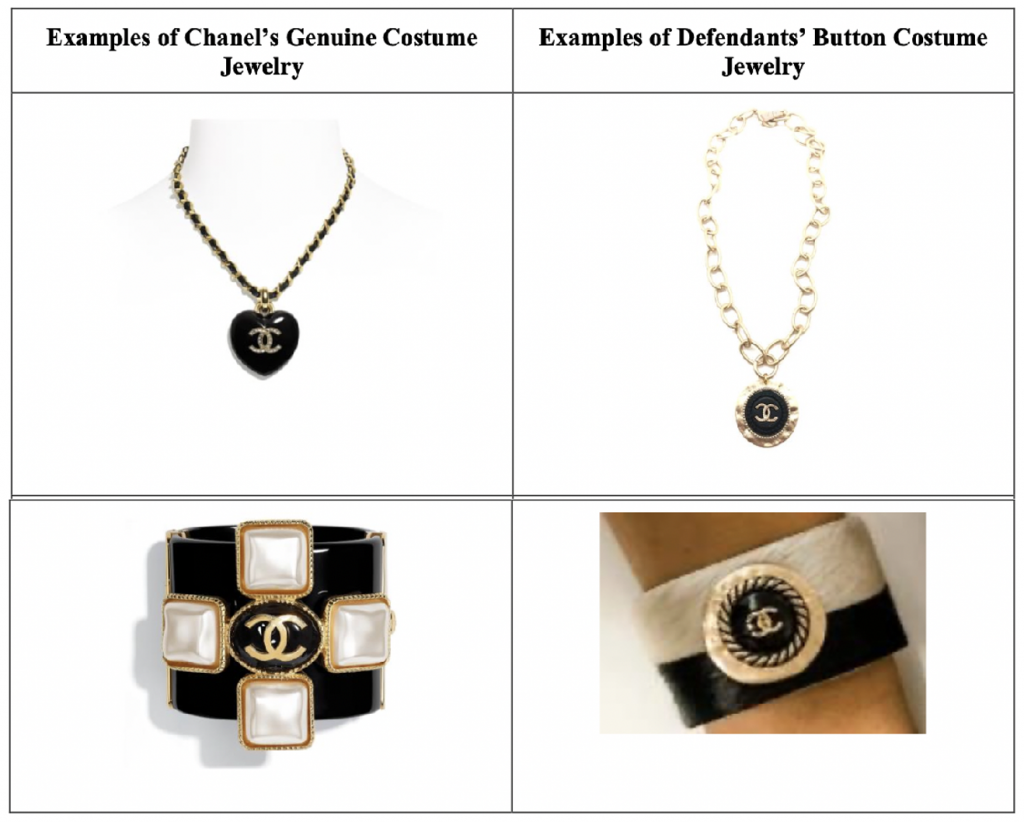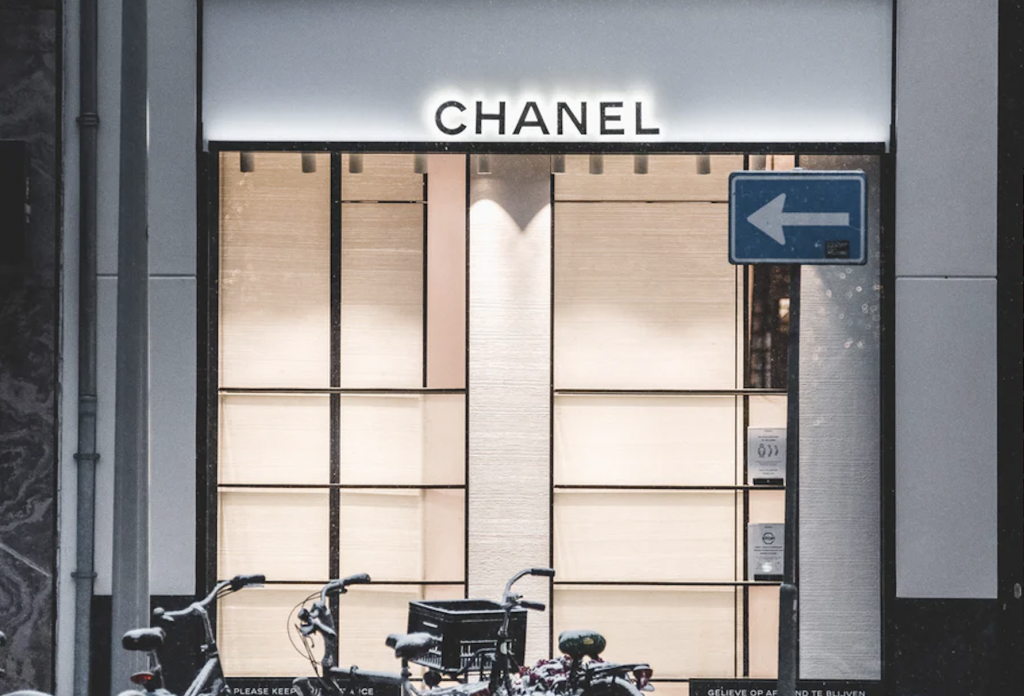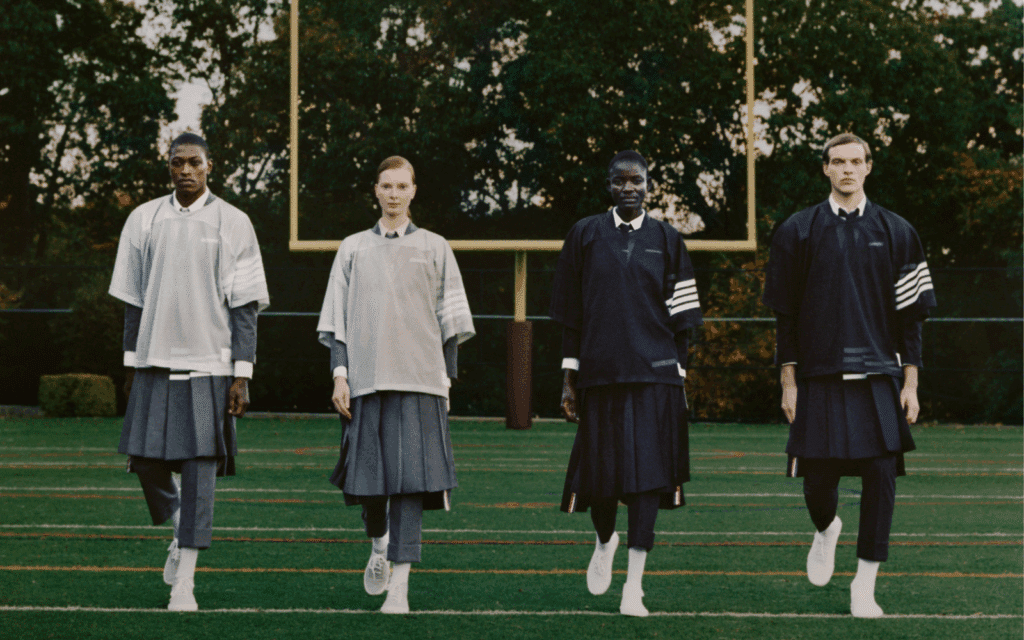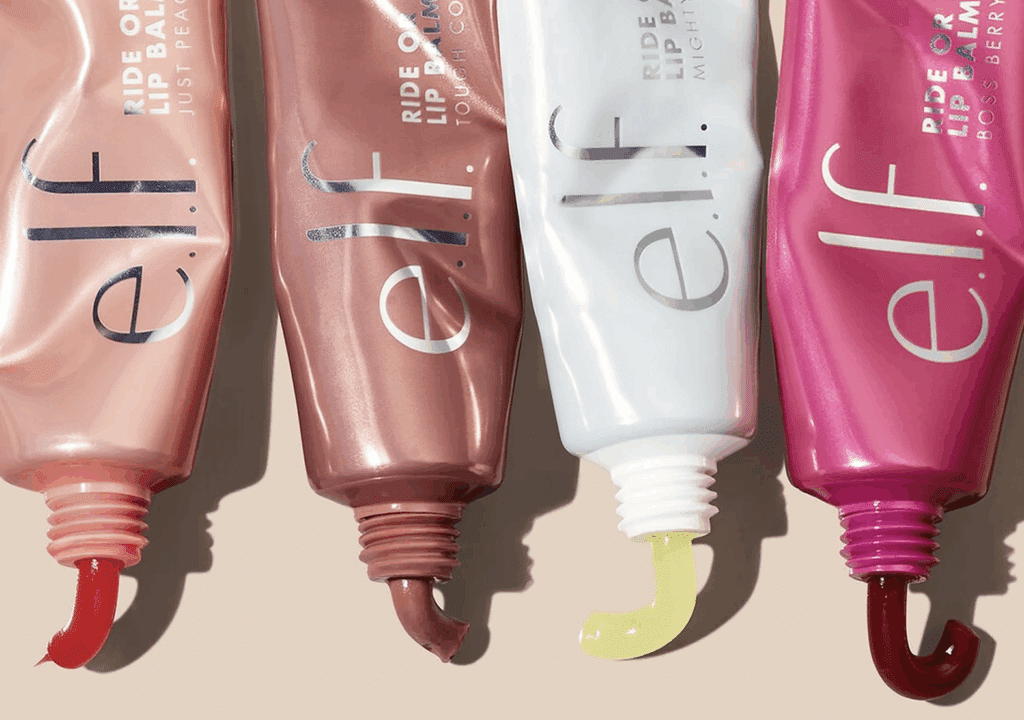An Atlanta-based jewelry company is pushing back against the trademark lawsuit filed against it by Chanel in connection with its sale of costume jewelry made from “upcycled” Chanel buttons. In the motion to dismiss that it filed in a New York federal court on May 14, Shiver + Duke (“S+D”) and its founder Edith Anne Hunt (the “defendants”) claim that the suit is “Chanel’s attempt to negate the First Sale Doctrine by hauling a small company into expensive litigation in a foreign state despite [its] legitimate efforts to ensure that no New York consumer could be confused by its incorporation of recycled Chanel buttons into its original costume jewelry,” and thus, should be tossed out of court.
On the heels of Chanel filing suit in February and accusing S+D of “misappropriating” its “world famous and federally registered” interlocking “C” monogram trademark and its “Chanel” word mark in order to “create and market costume jewelry that draws and relies on the selling power and fame of the Chanel marks,” S+D argues that the case should be tossed out because Chanel lacks the necessary personal jurisdiction over it to properly file suit in New York. According to S+D, while it maintains an e-commerce site, where it sells the allegedly infringing jewelry, which is accessible to consumers across the U.S., including New York, and while it has, in fact, sold products to consumers in New York by way of that website, Chanel, nonetheless, chose the wrong forum to file suit.
“All of Defendants’ business activities occur in the State of Georgia,” S+D asserts in its 32-page filing, arguing that its “only perceptible business activity in New York is that its website is accessible from New York,” and even then, its “sales and shipment of the repurposed jewelry giving rise to this matter within the State of New York comprised 0.129% of [its] total sales from 2019-2021.” Despite such a “lack of contacts with New York, [Chanel] is forcing [the defendants] to defend a case 750 miles away, in an unfamiliar Court, and in a jurisdiction with which [they] have no connection,” S+D claims, and asserts that the court should dismiss the case on this basis, or at least, transfer the case to a court in Georgia.
S+D also claims that Chanel “does not allege that it suffered any injury in New York, but instead alleges that the defendants ‘misappropriated’ [its] trademark and used it for ‘their own business and their own commercial benefit,’” and as a result, the famed fashion house does not meet the jurisdiction standard over a non-resident defendant in accordance with New York law. According to S+D, Chanel’s failure to allege injury stems, in part, from its protection by the First Sale Doctrine, which mandates that “trademark rights are exhausted once the trademarked goods have been duly placed into the market.”

If any injury to Chanel did occur, S+D contends that “injury would be suffered by [Chanel] in Georgia, where S+D allegedly misappropriated [Chanel’s] intellectual property, and where S+D is located.”
More than that, S+D takes aim at the “core issue” in the case: Chanel’s claims of confusion, namely that S+D’s “incorporation of authentic, recycled, and repurposed Chanel buttons into its original costume jewelry designs constitutes trademark infringement and will result in post-sale confusion.” In addition to being protected by the First Sale Doctrine, S+D alleges that it uses an array of “disclaimers” to alert consumers that it and its products are “not affiliated with Chanel,” thereby, removing the likelihood of confusion. S+D alleges that it includes “disclaimers to its website, [its] product packaging includes disclaimers, and [there are] disclaimers permanently affixed to the products” in order to “ensure that point-of-sale confusion would be impossible.” (Even with such disclaimers at play, S+D claims that in a pre-suit correspondence, counsel for Chanel argued that they would not “cause a consumer in the post-sale context to believe anything other than that these pieces are from or authorized by Chanel.”)
Still yet, the jewelry company states that in September 2020, it “began affixing the hang-tags to the front of each [jewelry product] right next to the Chanel button so as to be visible to the naked eye of an observer to avoid post-sale confusion.”
With the foregoing in mind, S+D claims that the court should dismiss the case “and grant such other and further relief as the Court deems just and proper,” or at the very least, transfer the matter to a federal court in Georgia.
In filing its federal and state law trademark infringement and dilution, and unfair competition suit early this year, Chanel argued that “there is no dispute” that the defendants’ “use of the CC monogram is intended to trade on the goodwill that [it] has created in its mark through decades of use and millions of dollars in investments.” At the same time, the brand claimed that the defendants’ jewelry “does not alter the CC monogram and the jewelry nowhere states that it was created by [the] defendants without the authorization of Chanel.” Instead, the appearance of the CC monogram on the defendants’ jewelry is “no different from the display of the CC monogram on authorized Chanel costume jewelry, and to a consumer there is no distinguishable difference between the appearance of [the] defendants’ unauthorized product and Chanel’s genuine product.”
As we previously noted, the case is the latest in a growing string of legal actions initiated by luxury brands that have sought to exert control over distribution of goods post-first sale, including by preventing the sale of modified but otherwise authentic goods bearing their trademarks (there was the Rolex v. La Californienne case, for example) – or here, trademark-bearing parts derived from authentic goods – on the basis that such unauthorized use is both likely to mislead consumers and to cause damage to the brand.
In addition to using Chanel buttons to make various jewelry items, including earrings, bracelets, and necklaces, S+D makes use of – and is still offering up jewelry containing – Gucci, Louis Vuitton, and Dior hardware, as well.
*The case is Chanel, Inc. v. Shiver and Duke, LLC, et al., 1:21-cv-01277 (SDNY).














